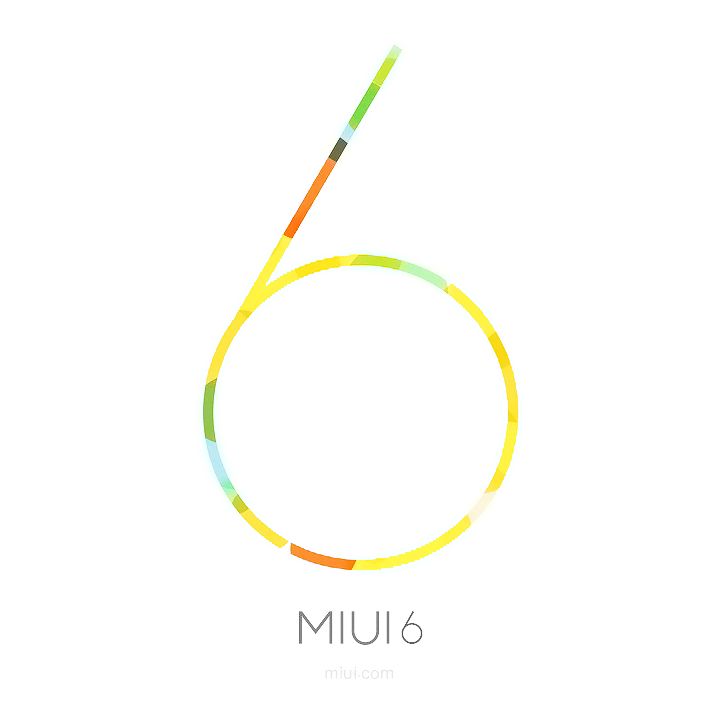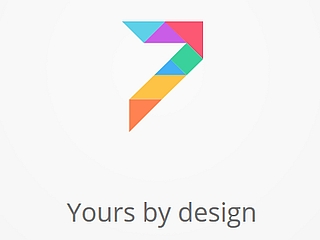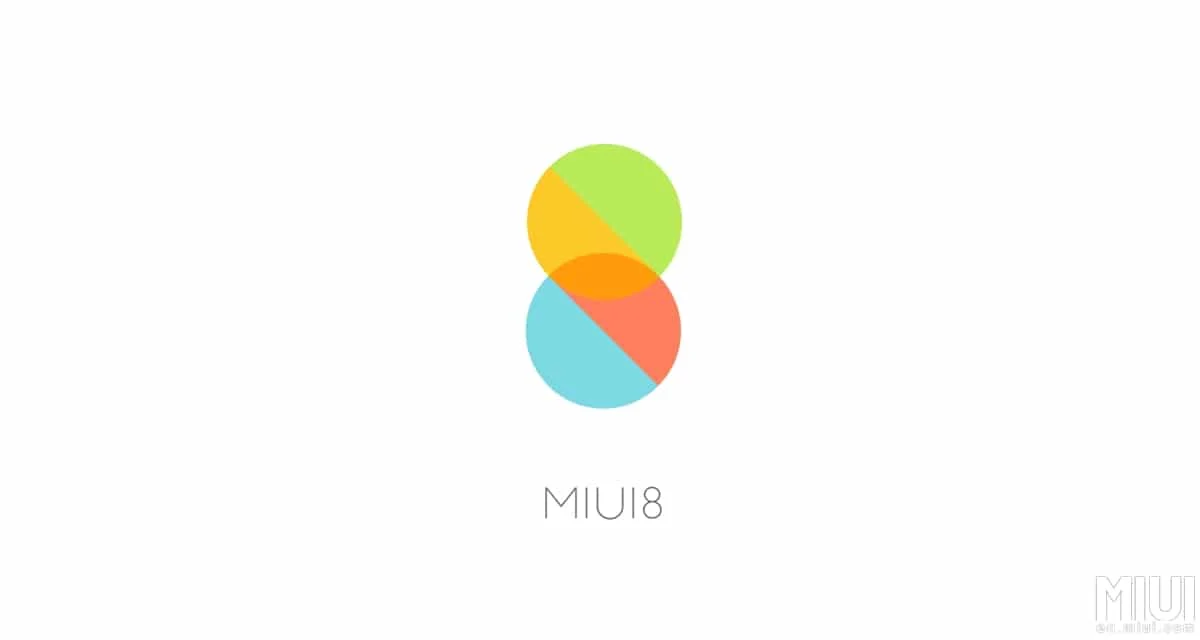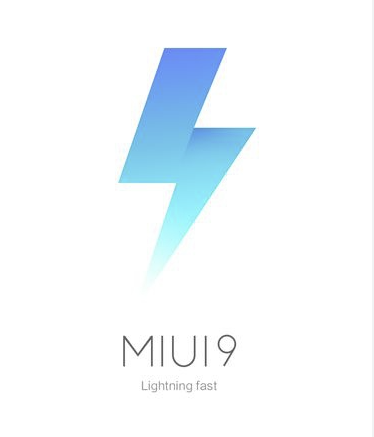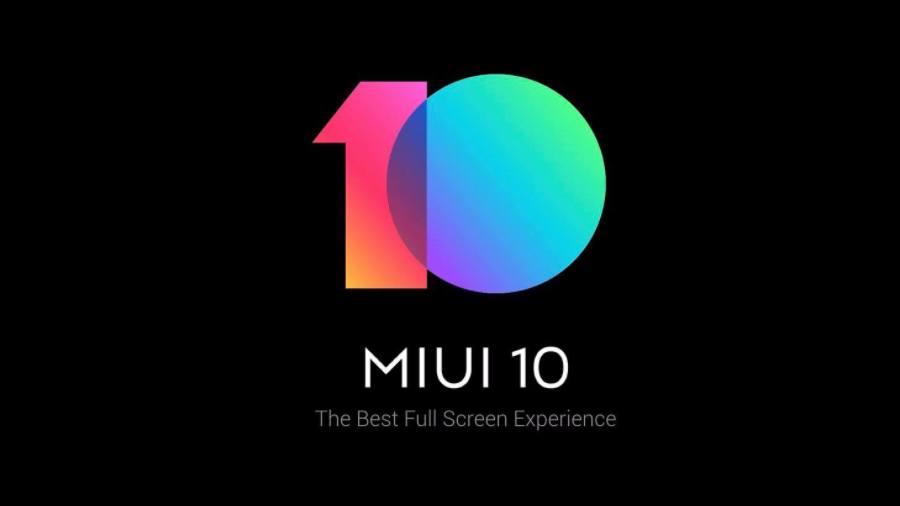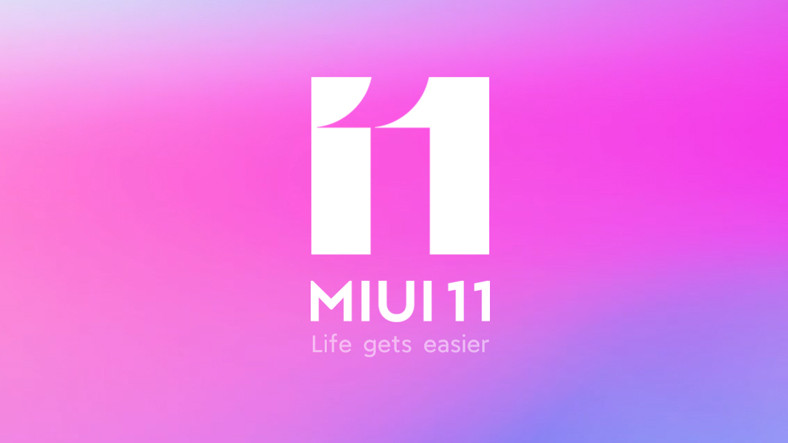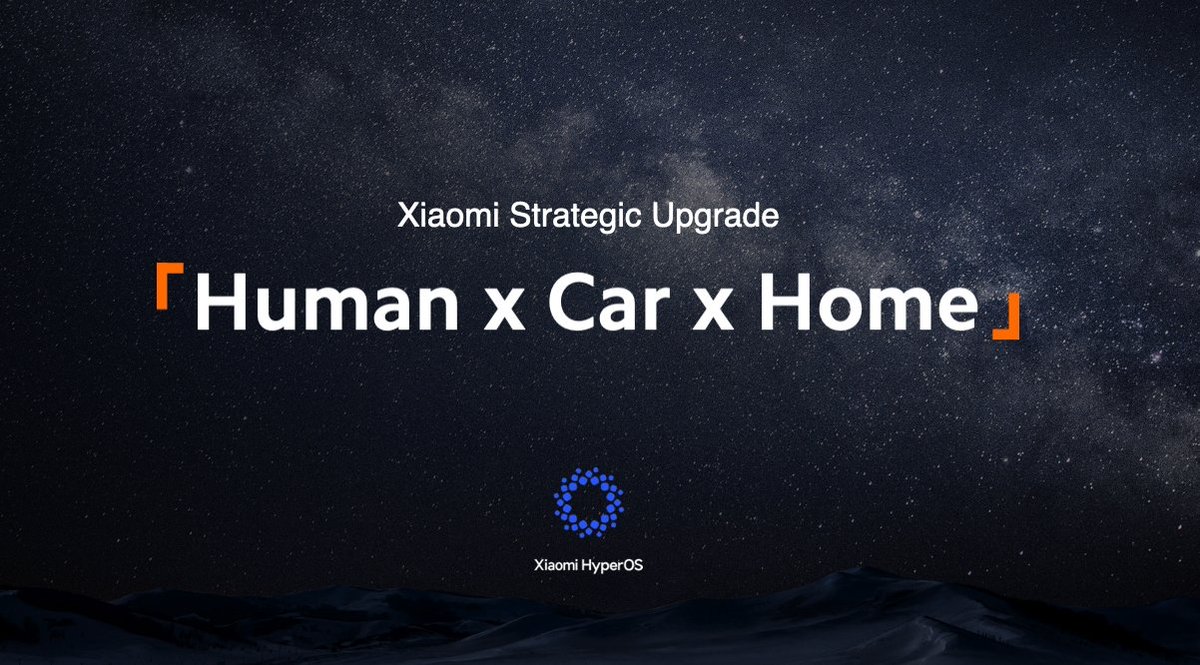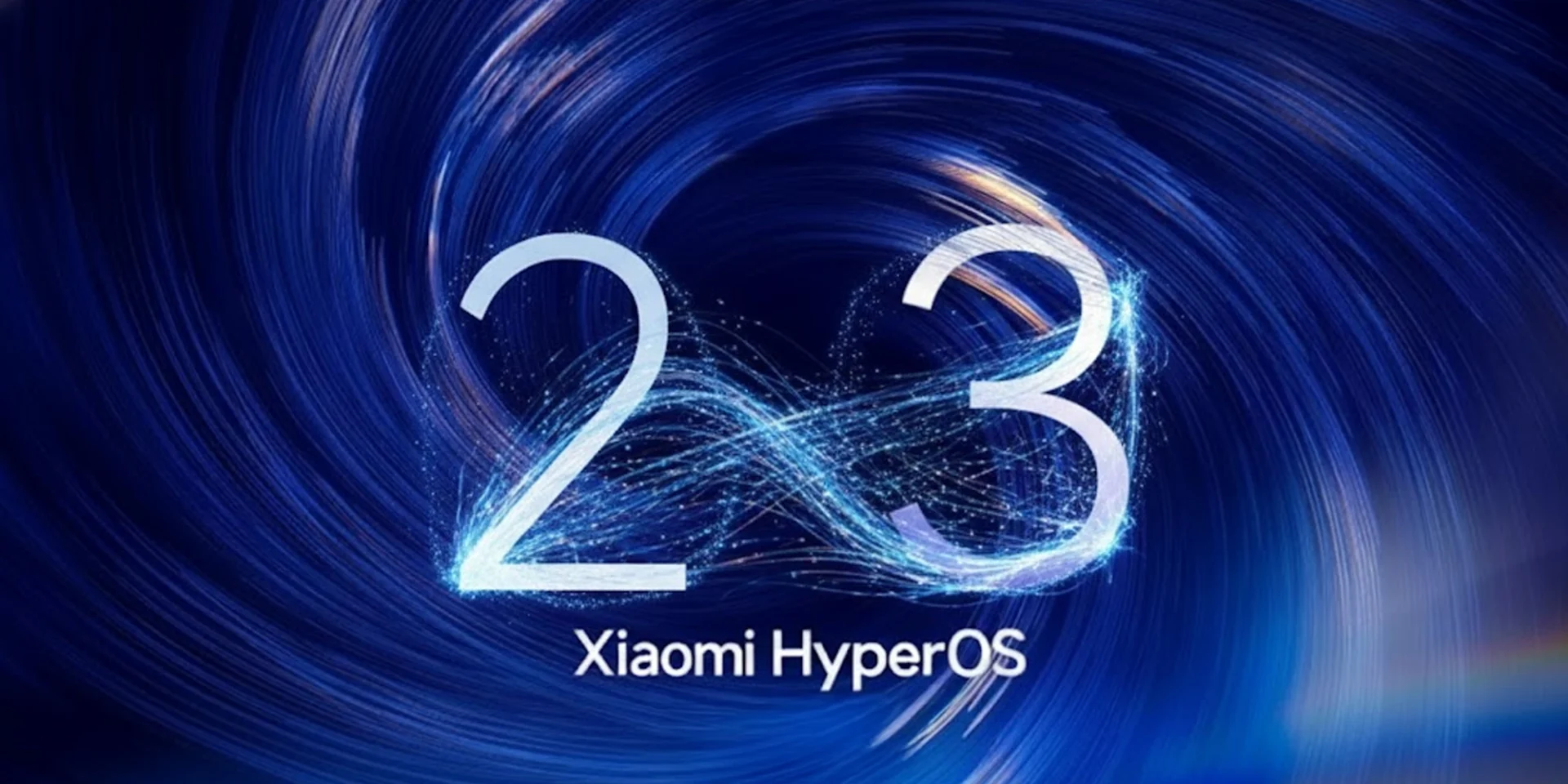the early days of MIUI, influenced by enthusiasts, to now AI-driven HyperOS, Xiaomi’s softwares have always relied on strong design identity and clear philosophical slogans. These slogans defined not only the system’s visual language but also the strategic direction of Xiaomi, its technological goals, and ambitions in ecosystem construction. This article outlines the evolution from the official slogans of MIUI V1 to HyperOS 3.0, showing how the company gradually refined user experience, expanded its ecosystem, and adapted to global expectations.
When Xiaomi entered the market in 2010, it did so as a software-first company. It launched MIUI before releasing any smartphone hardware. In doing so, it was able to secure user loyalty and test interface concepts via the weekly beta releases generally referred to as Orange Fridays. The earliest versions of MIUI had no formal slogan, yet this philosophy of “Born for Enthusiasts” was adopted by the community, and for its time, closely reflected Xiaomi’s development culture.
MIUI V1–V3: Innovation Driven by Users
These early versions introduced the theme engine, deep customization, integrated cloud services, and advanced T9 search. The underlying concept of the slogans is personalization and freedom, aligning with Xiaomi’s intent to provide a refined alternative to stock Android. These versions set up the foundation for Xiaomi’s long-term approach to user experience and ecosystem services.
In the period of MIUI V4–V5, Xiaomi adjusted the software strategy to further perfect the design. This generation featured professional aesthetics, more security layers, and stronger service integration.
MIUI V4: “Smart Simplicity, Infinite Possibilities”
MIUI V4 prioritized a cleaner interface without sacrificing depth or detail. The slogan emphasized balanced design: simple for everyday use, powerful in capability. With built-in permission controls and security tools, MIUI V4 reflected Xiaomi’s transition toward a safer mobile experience that could scale with the company.
MIUI V5: “Redefining Android”
MIUI V5 marked a clear attempt to elevate visual quality beyond typical Android offerings. From skeuomorphic textures and cinematic animations to expanded cloud integration, Xiaomi positioned MIUI as an ecosystem in and of itself. The tagline captured well the ambition of the brand in reshaping user expectations for the Android device ecosystem.
MIUI 6: “Visually Stunning, Stunningly Simple”
MIUI 6 adopted bright color palettes and flat design principles. The slogan reflects this aesthetic shift to clarity, ease of use, and intuitive navigation. Applications dynamically adapt color themes to further enhance user immersion.
MIUI 7: “Yours by Design”
This version focused on identity and customization. The Muse theme engine allowed users and designers to create an advanced theme without coding. Xiaomi targeted broader user groups by preloading styles and optimizing performance.
MIUI 8: “Make Life Better”
MIUI 8 came with Dual Apps, Second Space, improved calculators, and enhanced long screenshot capabilities. The slogan had captured Xiaomi’s position that software should simplify real-world tasks and reduce dependency on external applications. From MIUI 9, Xiaomi focused on performance and AI-supported features. This period strengthened the efficiency of the system, its fluidity, and IoT interconnectivity.
MIUI 9: “Lightning Fast”
Dynamic Resource Allocation made MIUI 9 much faster. Xiaomi pointed to actual improvements that showed lower latency and quicker app launches.
MIUI 10: “Faster than Lightning”
With AI preload and full-screen gestures, MIUI 10 took responsiveness to a new high. The slogan reinforced Xiaomi’s ambition to predict user intent and deliver near-instant interactions.
MIUI 11: “Innovation for Efficiency”
MIUI 11 honed productivity by redesigning file management, using nature-inspired system sounds, and offering advanced Always-on Display options. The slogan signaled maturity and functional stability.
HyperOS represents Xiaomi’s transition from a mobile UI to a universal ecosystem platform, unifying smartphones, smart homes, and vehicles.
HyperOS: “Human × Car × Home”
Launched with a clear ecosystem vision, HyperOS focuses on real-time end-to-end data orchestration, lightweight architecture, and cross-device continuity. The slogan emphasizes harmonious interaction between personal devices and Xiaomi EV products.
HyperOS 2 & 3: “Everything Goes Smoothly”
HyperOS 2 and the following HyperOS 3 further develop system fluidity, AI-powered enhancements, a redesign of control elements, and cross-screen synergy. The slogan is consistent with the broader goal of Xiaomi to free everyday life from digital friction.
Xiaomi OS Evolution
| Operating System | Release Year | Core Slogan / Theme | Strategic Goal | Android Base |
|---|---|---|---|---|
| MIUI V1–V3 | 2010–2011 | Born for Enthusiasts | Build a community; Create an alternative to stock Android | 2.2 – 2.3 |
| MIUI V4 | 2012 | Smart Simplicity | Professionalize the UI; Reduce complexity | 4.0 |
| MIUI V5 | 2013 | Redefining Android | Design leadership; Compete with iOS aesthetics | 4.1 – 4.4 |
| MIUI 6 | 2014 | Visually Striking, Surprisingly Simple | Flat Design revolution | 4.4 – 5.0 |
| MIUI 7 | 2015 | Designed for You | Personalization; Theme economy; Lifestyle branding | 5.0 – 6.0 |
| MIUI 8 | 2016 | Make Life Easier | Practicality; Solving daily problems (Dual Apps) | 6.0 – 7.0 |
| MIUI 9 | 2017 | Lightning Fast | Performance; Combat system aging | 7.0 – 7.1 |
| MIUI 10 | 2018 | Faster Than Lightning | AI integration; Full-screen gestures | 8.0 – 9.0 |
| MIUI 11 | 2019 | Productivity & Innovation / Life Gets Easier | Productivity tools; Always-On Display (AOD) | 9.0 – 10 |
| MIUI 12 | 2020 | Made Just for You | Privacy protection; Visual overhaul (Super Wallpapers) | 10 – 11 |
| MIUI 12.5 | 2020 | Faster, More Stable | Reduce bloatware; Optimization | 11 |
| MIUI 13 | 2021 | Fast and Stable | Stability; Ecosystem preparation | 12 |
| MIUI 14 | 2022 | Building a New Life | Rebirth; Preparing for HyperOS | 13 |
| HyperOS 1.0 | 2023 | Human x Car x Home | Unified ecosystem; IoT integration; EV debut | 14 |
| HyperOS 2.0 | 2024 | Leap Beyond the Moment | AI-focused core (HyperAI) | 15 |
| HyperOS 3.0 | 2025 | Faster, Smarter, and Smoother | Full ecosystem fluidity; Frictionless interaction | 16 |
From the enthusiast-centric MIUI V1 era to the expansive, AI-driven HyperOS ecosystem, Xiaomi’s slogans reflect the company’s vision, technological direction, and ecosystem goals. Each slogan defined not only a version’s marketing strategy but also vividly depicted how Xiaomi strove to improve design, performance, and seamless integration across its products. With HyperOS 3.0, Xiaomi further evolves toward an interconnected future in which devices operate as one unified system.

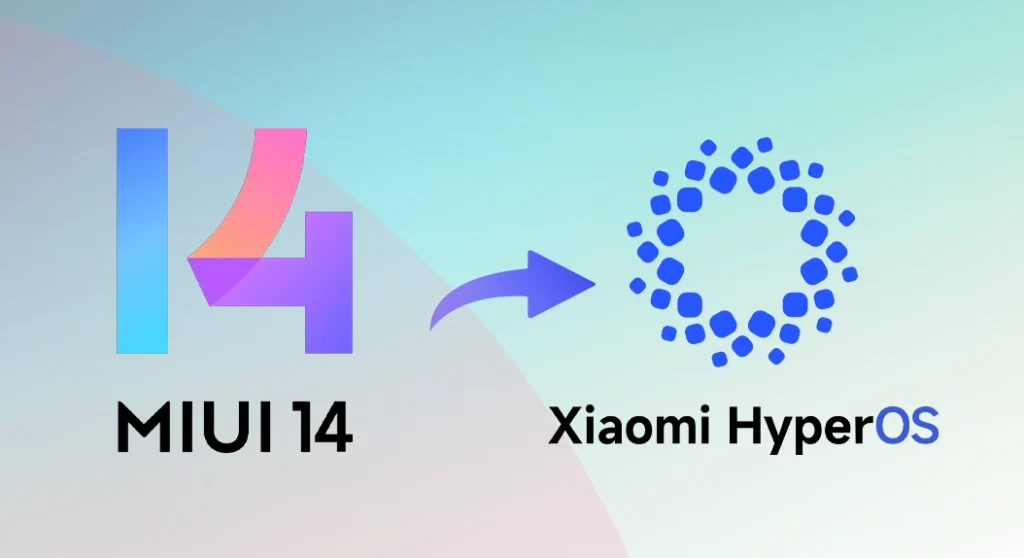
 Emir Bardakçı
Emir Bardakçı
